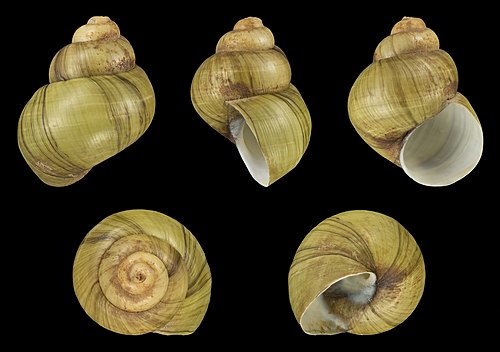User:Ekespe
|
| Wikipedia:Babel | ||
|---|---|---|
| ||
| Search user languages |
Hi there!
I am a 26-year old norwegian physicist currently working at Ullevål universitetssykehus, Oslo. I am married to my lovely wife Sigrun, and has a fantastic son named Erlend Markus.
I made my first contribution august 13 2005. My primary interests are music, science (physics and mathematics), language, photography and technology.
My homepage is located here.
Music[edit]
I enjoy different kinds of music, especially genres like jazz, melodious rock, some "old" pop, progressive rock and folk music.
Bands and artist i especially enjoy are
- Dream Theater
- Spyro Gyra
- Toto
- Yellowjackets
- Secret Garden
- A-ha
- U2
- Fourplay
- Oslo Gospel Choir
- Symphony X
- Bob Carlisle
- Michael Jackson
- Miles Davis
- Bill Evans
- Sigvart Dagsland
- Marcus Miller
- Bugge Wesseltoft
- Øystein Sunde
- Hans Zimmer
- Øystein Sevåg
In addition, I try to play and compose music. I have a small set-up at home consisting of a masterkeyboard (Yamaha S80), a sampler (E-mu E4x), a mixer (Eurorack UB1002), a PC with Cubase and a microphone (Behringer B-1).
Science[edit]
At the Department of Physics, University of Oslo, I hold a Bachelor's degree in physics and am currently studying for a Master's degree in biophysics/medical physics.
Other stuff[edit]
In addition, I enjoy watching movies, working with photography, discussing language-related topics, solving Sudoku and in general everything related to natural science.
Picture of the day[edit]
Open tasks[edit]
You can help improve the articles listed below! This list updates frequently, so check back here for more tasks to try. (See Wikipedia:Maintenance or the Task Center for further information.)
Help counter systemic bias by creating new articles on important women.
Help improve popular pages, especially those of low quality.


